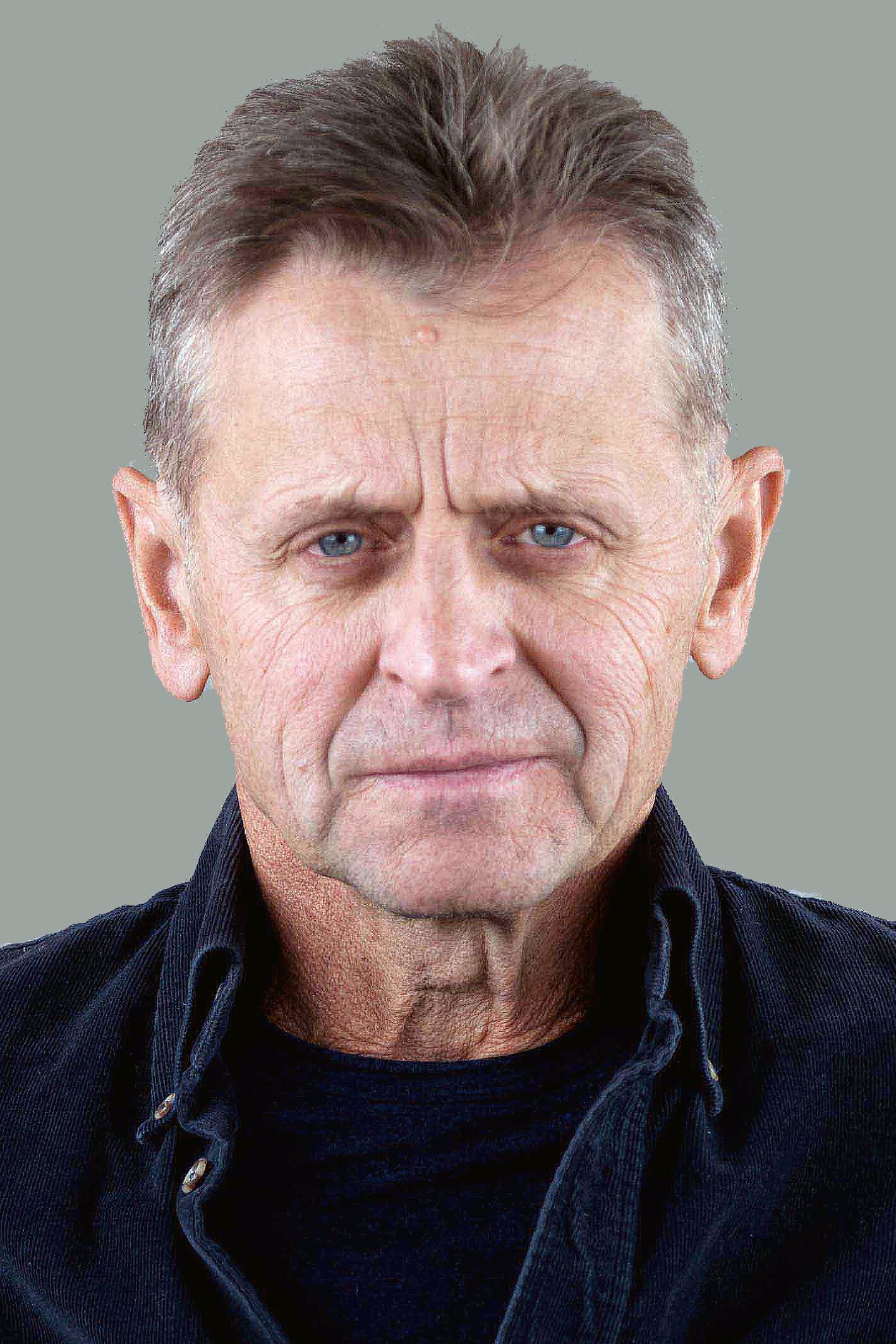
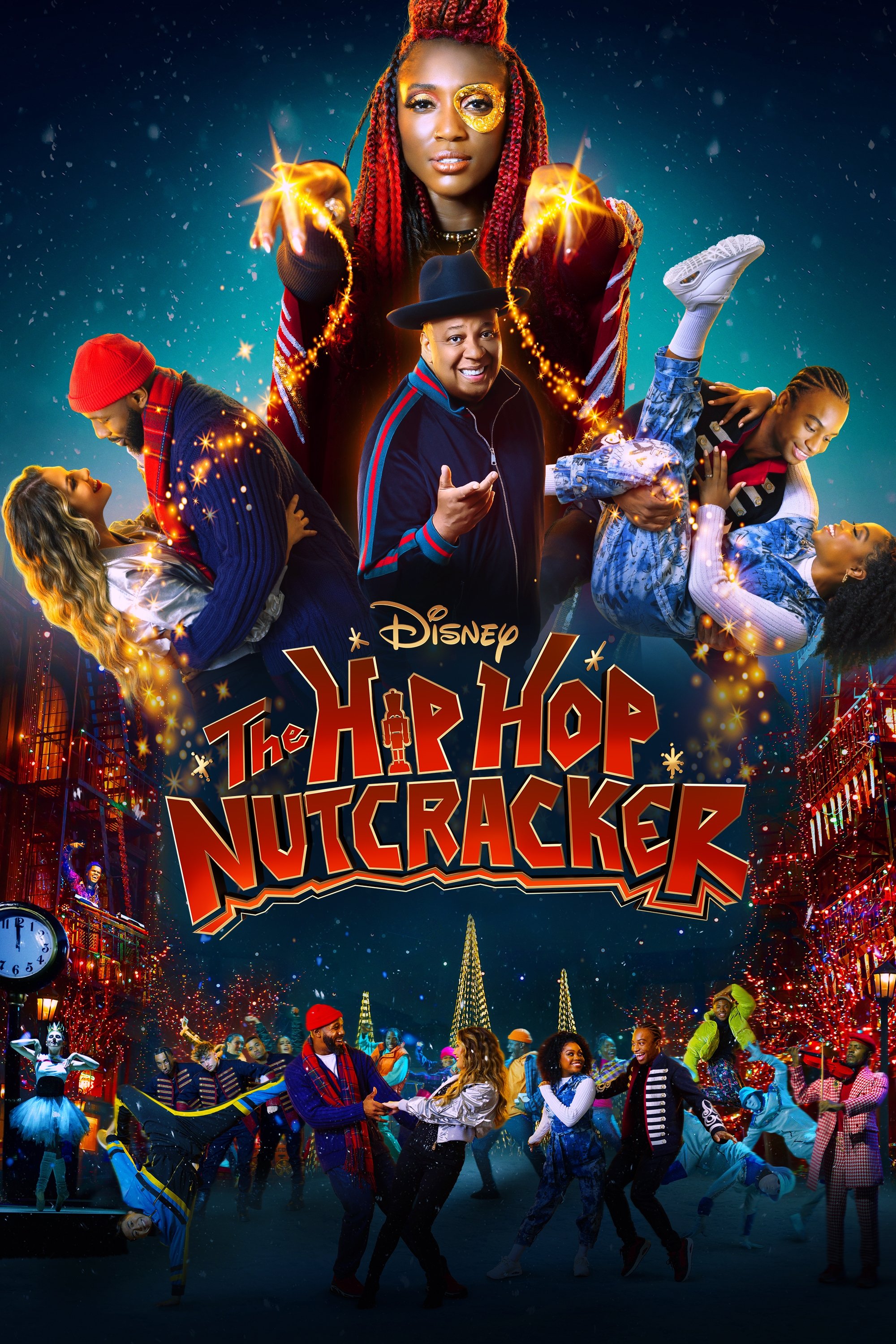
Features Rev Run as he brings audiences on a hip-hop reimagining of The Nutcracker ballet set in NYC.
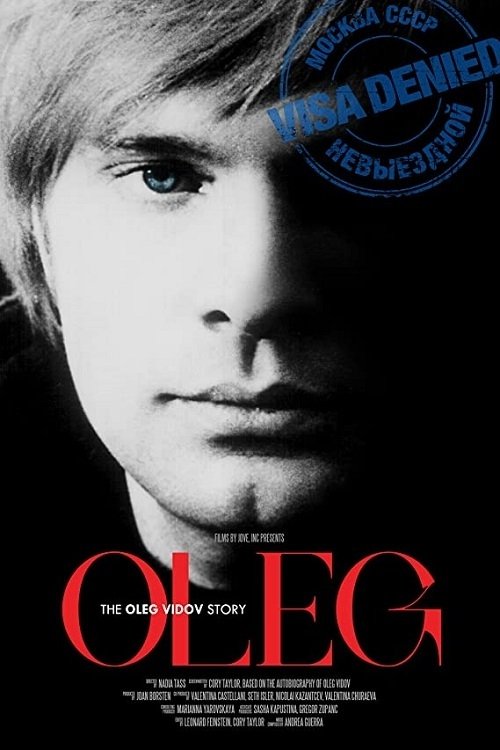
Oleg Vidov — one of the Soviet Union's most beloved actors — was persecuted, blacklisted and pushed to the breaking point before escaping to the West and achieving the American dream.

Studio 54 was the epicenter of 70s hedonism - a place that not only redefined the nightclub, but also came to symbolize an entire era. Its co-owners, Ian Schrager and Steve Rubell, two friends from Brooklyn, seemed to come out of nowhere to suddenly preside over a new kind of New York society. Now, 39 years after the velvet rope was first slung across the club's hallowed threshold, a feature documentary tells the real story behind the greatest club of all time.
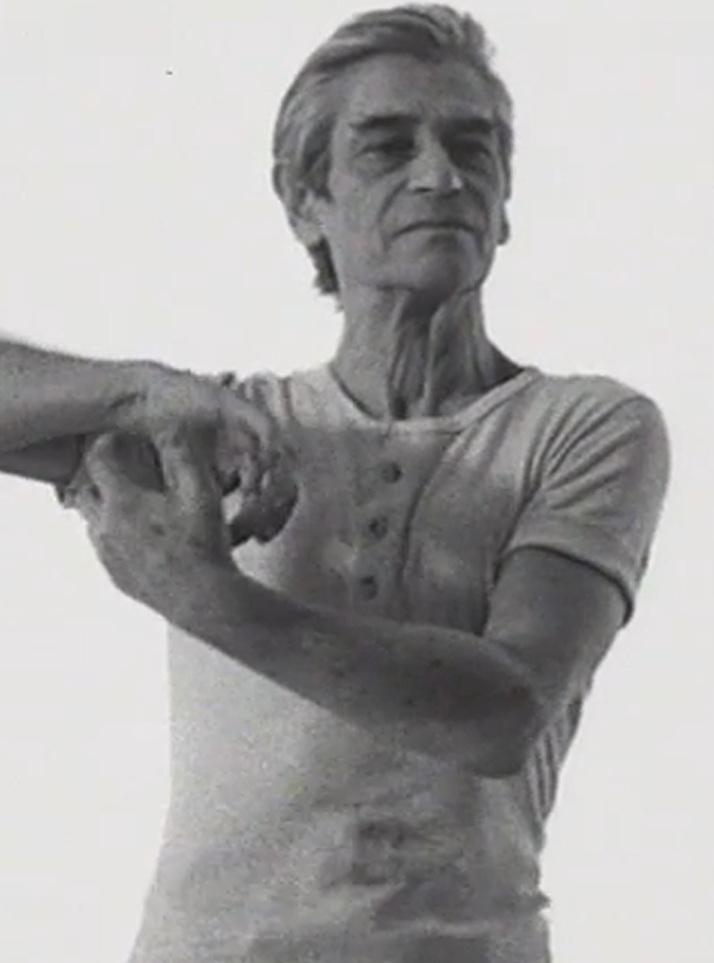
The portrait of an extraordinary French dancer-choreographer: Jean Babilée (1923-2014) is filmed at home, in the streets of Paris, at the Opera Garnier or at the Champs-Élysées Theater, “always caught, even in his kitchen, in full body work”.
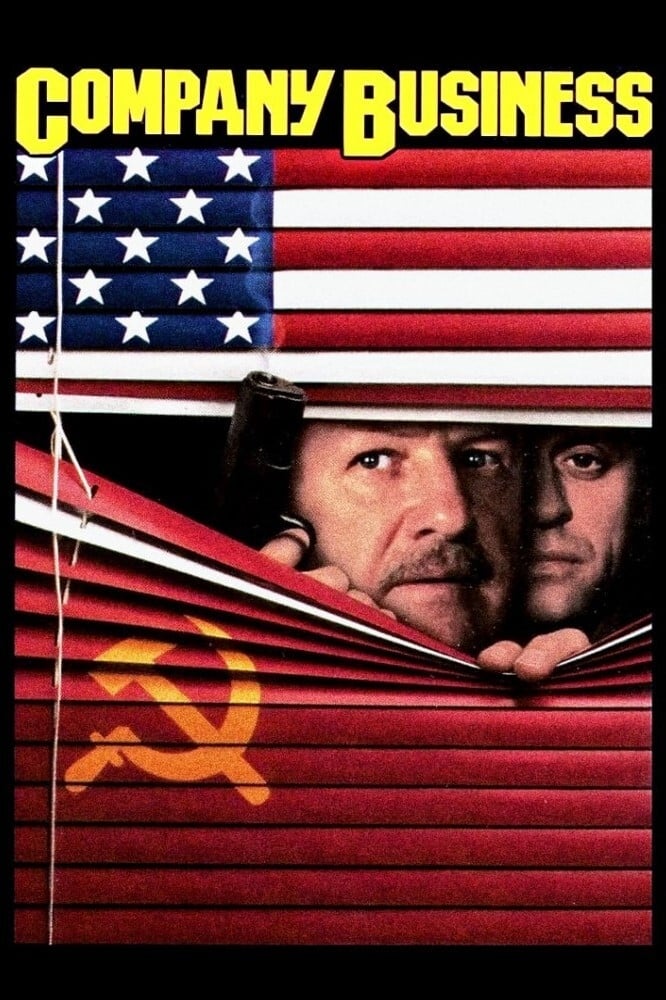
An aging agent is called back by "the Company" to run a hostage trade of a Soviet spy for an American agent.
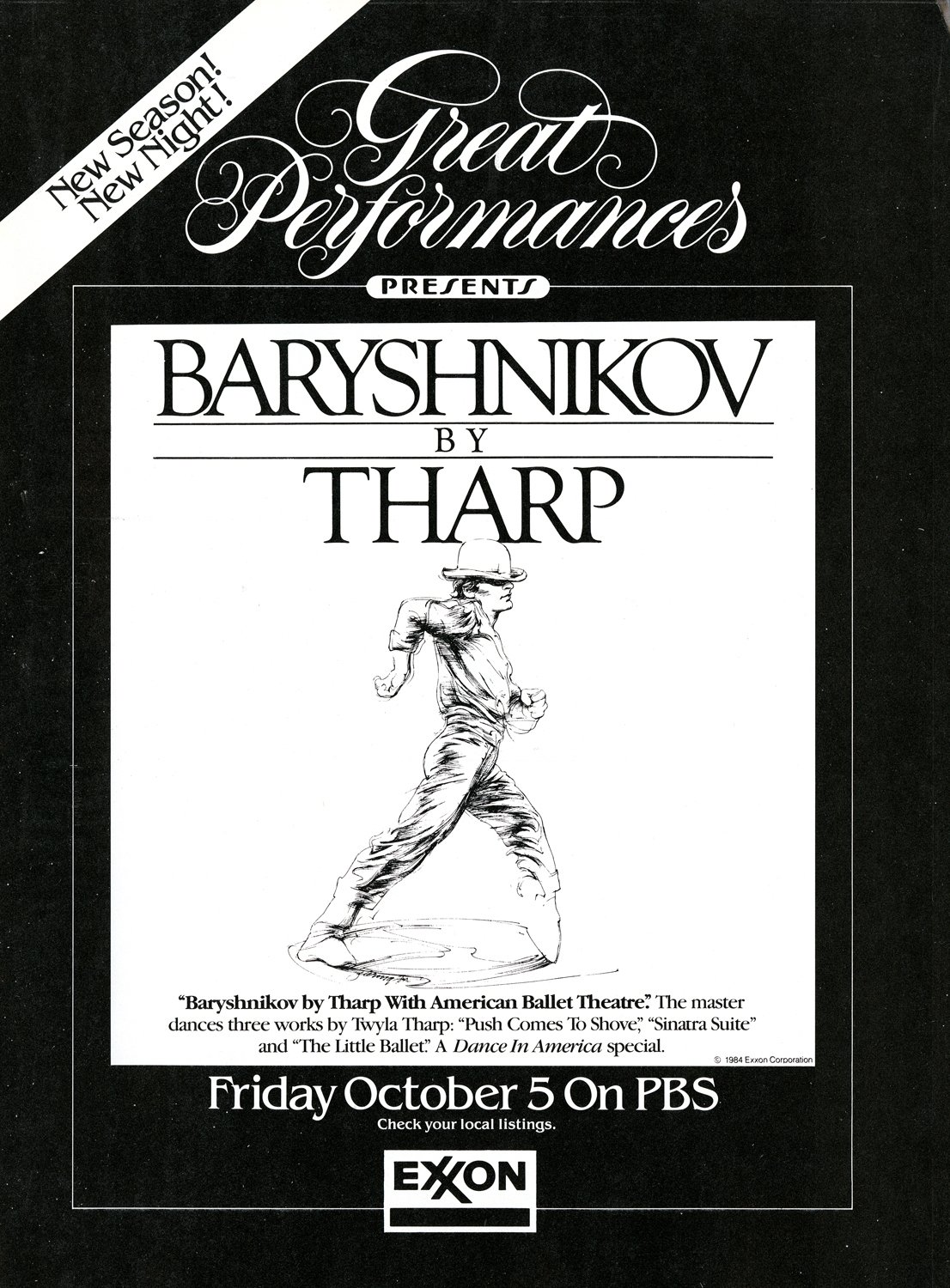
The twinkle of Frank Sinatra's "Ol' Blue Eyes" melds with the beauty of ballet in this innovative program starring world-renowned dancer Mikhail Baryshnikov and members of the American Ballet Theatre. Choreographed by the legendary Twyla Tharp, three performances -- "The Little Ballet," "Sinatra Suite" and "Push Comes to Shove" -- bring Baryshnikov's terpsichorean talents center stage and rekindle Sinatra's magic.
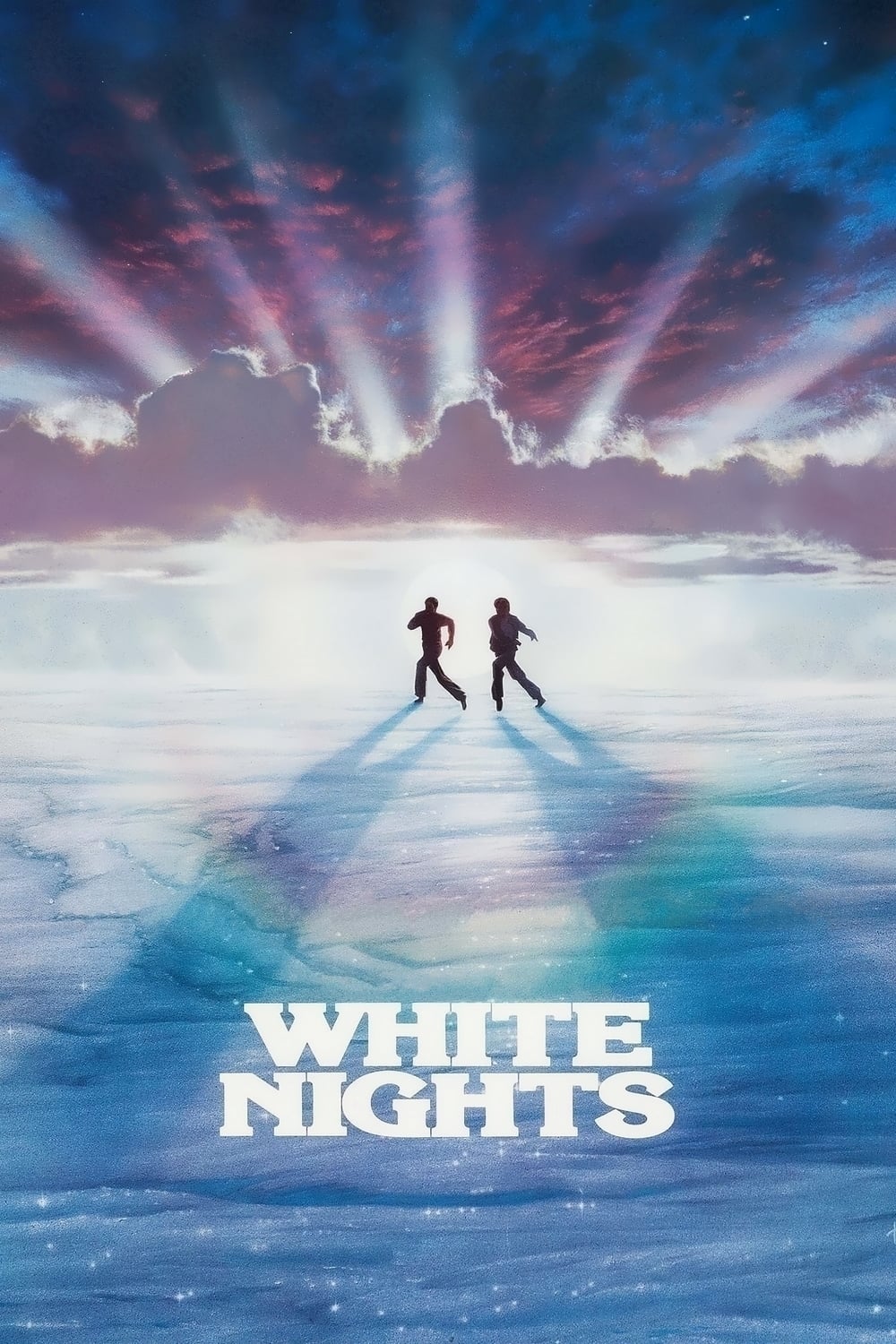
After his plane crashes in Siberia, a Russian dancer, who defected to the West, is held prisoner in the Soviet Union. The KGB keeps him under watch and tries to convince him to become a dancer for the Kirov Academy of Ballet again. Determined to escape, he befriends a black American expatriate and his pregnant Russian wife, who agree to help him escape to the American Embassy.
Mikhail Nikolaevich Baryshnikov (born January 27, 1948) is a Soviet-born Russian American dancer, choreographer, and actor, often cited alongside Vaslav Nijinsky and Rudolf Nureyev as one of the greatest ballet dancers of the 20th century. After a promising start in the Kirov Ballet in Leningrad, he defected to Canada in 1974 for more opportunities in western dance. After freelancing with many companies, he joined the New York City Ballet as a principal dancer to learn George Balanchine's style of movement. He then moved to New York to dance with the American Ballet Theatre, where he later became artistic director. Baryshnikov has spearheaded many of his own artistic projects and has been associated in particular with promoting modern dance, premiering dozens of new works, including many of his own. His success as a dramatic actor on stage, cinema and television has helped him become probably the most widely recognized contemporary ballet dancer. In 1977, he received a nomination for the Academy Award for Best Supporting Actor and a Golden Globe nomination for his work as "Yuri Kopeikine" in the film The Turning Point.
By browsing this website, you accept our cookies policy.